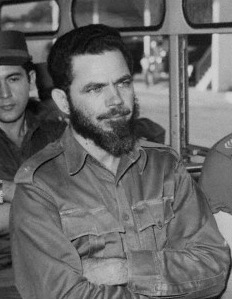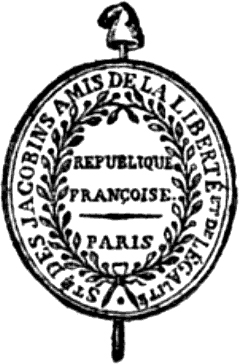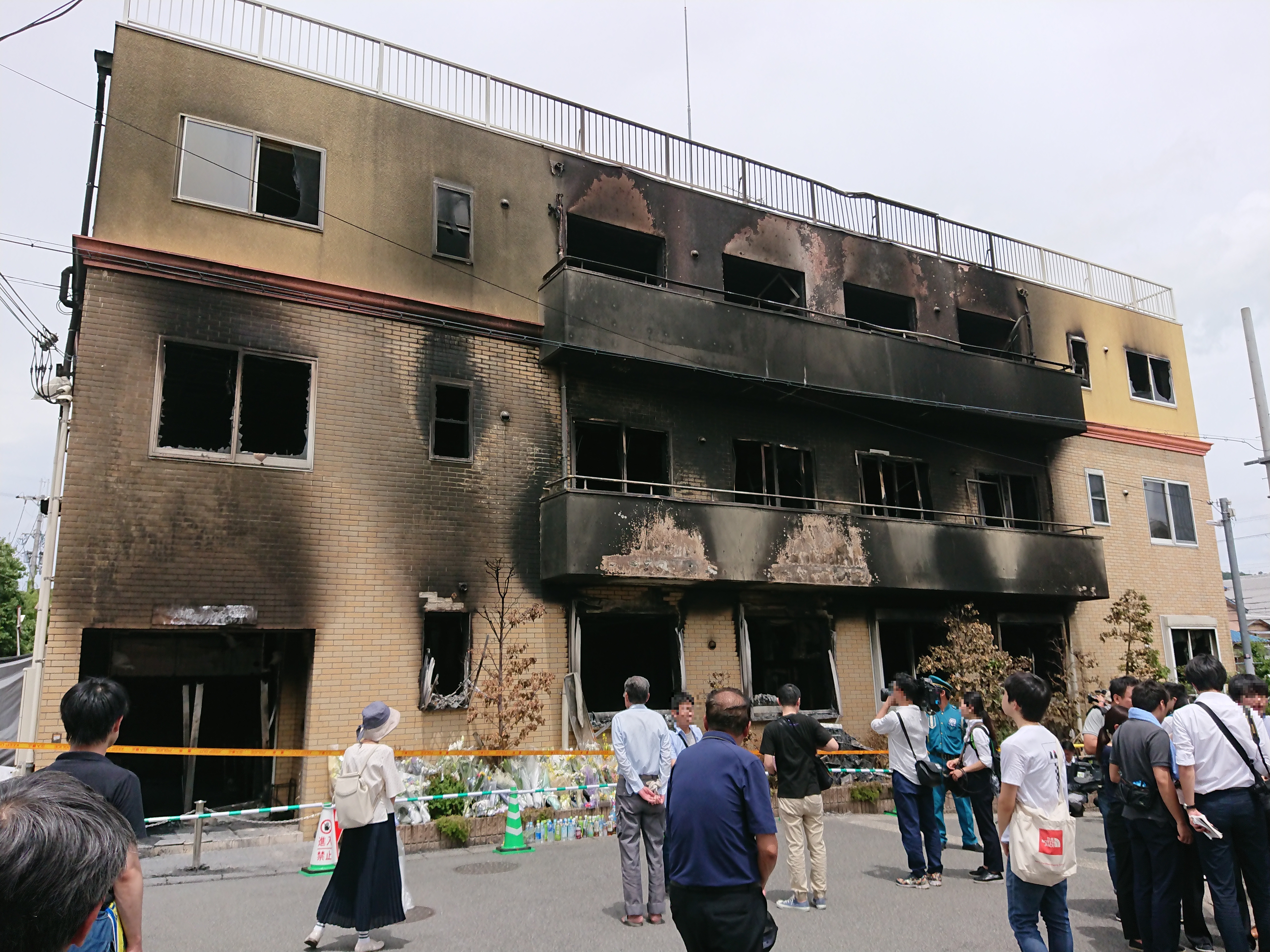|
El Encanto Fire
The El Encanto fire was a terrorist arson attack that destroyed a department store in central Havana on 13 April 1961. History El Encanto was the largest department store in Cuba, with five retail storeys, originally built in 1888, and situated on the corner of Galiano and San Rafael in Old Havana. Before the Cuban Revolution, it had been privately owned, but in 1959 it was nationalized. In 1961, it had about 930 employees. On 9 April 1961, a bomb exploded outside the store, near the main entrance, resulting in broken windows of several stores in the same street.Rodriguez (1999), pp. 122-125 Incident At 6:00 pm on 13 April 1961, the store closed as usual. At about 7:00 pm, two incendiary devices exploded in the tailoring department. The next day, the charred body of Fe del Valle was found in the rubble, other casualties being recorded as 18 people injured. Fe del Valle had been a supervisor in the children's department, and had evidently been attempting to recover money donated to ... [...More Info...] [...Related Items...] OR: [Wikipedia] [Google] [Baidu] |
Terrorism
Terrorism, in its broadest sense, is the use of criminal violence to provoke a state of terror or fear, mostly with the intention to achieve political or religious aims. The term is used in this regard primarily to refer to intentional violence during peacetime or in the context of war against non-combatants (mostly civilians and neutral military personnel). The terms "terrorist" and "terrorism" originated during the French Revolution of the late 18th century but became widely used internationally and gained worldwide attention in the 1970s during the Troubles in Northern Ireland, the Basque conflict, and the Israeli–Palestinian conflict. The increased use of suicide attacks from the 1980s onwards was typified by the 2001 September 11 attacks in the United States. There are various different definitions of terrorism, with no universal agreement about it. Terrorism is a charged term. It is often used with the connotation of something that is "morally wrong". Governm ... [...More Info...] [...Related Items...] OR: [Wikipedia] [Google] [Baidu] |
Havana
Havana (; Spanish: ''La Habana'' ) is the capital and largest city of Cuba. The heart of the La Habana Province, Havana is the country's main port and commercial center.Cuba ''The World Factbook''. Central Intelligence Agency. The city has a population of 2.3million inhabitants, and it spans a total of – making it the largest city by area, the most populous city, and the List of metropolitan areas in the West Indies, fourth largest metropolitan area in the Caribbean region. The city of Havana was founded by the Spanish Empire, Spanish in the 16th century, it served as a springboard for the Spanish colonization of the Americas, Spanish conquest of the Americas becoming a stopping point for Spanish galleons returning to Spain. ... [...More Info...] [...Related Items...] OR: [Wikipedia] [Google] [Baidu] |
Old Havana
Old Havana ( es, link=no, La Habana Vieja) is the city-center (downtown) and one of the 15 municipalities (or boroughs) forming Havana, Cuba. It has the second highest population density in the city and contains the core of the original city of Havana. The positions of the original Havana city walls are the modern boundaries of Old Havana. In 1982, Old Havana was inscribed in the UNESCO World Heritage List, because of its unique Baroque and neoclassical architecture, its fortifications, and its historical importance as a stop on the route to the New World. A safeguarding campaign was launched a year later to restore the authentic character of the buildings. History Havana was founded by the Spanish November 16, 1519 in the natural harbor of the Bay of Havana. It became a stopping point for the treasure laden Spanish galleons on the crossing between the New World and the Old World. In the 17th century, it was one of the main shipbuilding centers. The city was built in baroque a ... [...More Info...] [...Related Items...] OR: [Wikipedia] [Google] [Baidu] |
Cuban Revolution
The Cuban Revolution ( es, Revolución Cubana) was carried out after the 1952 Cuban coup d'état which placed Fulgencio Batista as head of state and the failed mass strike in opposition that followed. After failing to contest Batista in court, Fidel Castro organized an armed Attack on the Moncada Barracks, attack on the Cuban military's Moncada Barracks. The rebels were arrested and while in prison formed the 26th of July Movement. After gaining amnesty the M-26-7 rebels organized an expedition from Mexico on the Granma (yacht), Granma yacht to invade Cuba. In the following years the M-26-7 rebel army would slowly defeat the Cuban army in the countryside, while its urban wing would engage in sabotage and rebel army recruitment. Over time the originally critical and ambivalent Popular Socialist Party (Cuba), Popular Socialist Party would come to support the 26th of July Movement in late 1958. By the time the rebels were to oust Batista the revolution was being driven by the Pop ... [...More Info...] [...Related Items...] OR: [Wikipedia] [Google] [Baidu] |
Fe Del Valle
Fe del Valle Ramos (Remedios, Cuba, 9 August 1917 – 13 April 1961) was a Cuban civil rights activist, who died in the El Encanto fire, a terrorist attack in Havana. Personal background Fe del Valle was a trained milliner, originally from San Juan de los Remedios, Villa Clara Province. She was commonly known as "Lula". In 1938 she married Orlando Ravelo, and had two children; in 1961, son Robin was age 14, and Erick was 17, training to be a military pilot. El Encanto department store El Encanto was the largest department store in Cuba, with five retail storeys. It was originally built in 1888, and was situated on the corner of Galiano and San Rafael in Old Havana. Before the Cuban Revolution, it had been privately owned, but in 1959 it was nationalized. In 1961, it employed about 930 people. After the store was nationalized, Fe del Valle became an organizer of many of the department store's activities. She became head of the children's department, and was also one of the founde ... [...More Info...] [...Related Items...] OR: [Wikipedia] [Google] [Baidu] |
Bay Of Pigs Invasion
The Bay of Pigs Invasion (, sometimes called ''Invasión de Playa Girón'' or ''Batalla de Playa Girón'' after the Playa Girón) was a failed military landing operation on the southwestern coast of Cuba in 1961 by Cuban exiles, covertly financed and directed by the United States. It was aimed at overthrowing Fidel Castro's communist government. The operation took place at the height of the Cold War, and its failure influenced relations between Cuba, the United States, and the Soviet Union. In December 1958, American ally General Fulgencio Batista was deposed by Castro's 26th of July Movement during the Cuban Revolution. Castro nationalized American businesses—including banks, oil refineries, and sugar and coffee plantations—then severed Cuba's formerly close relations with the United States and reached out to its Cold War rival, the Soviet Union. The Central Intelligence Agency (CIA) began planning the overthrow of Castro, which U.S. President Dwight D. Eisenhowe ... [...More Info...] [...Related Items...] OR: [Wikipedia] [Google] [Baidu] |
1961 Crimes In Cuba
Events January * January 3 ** United States President Dwight D. Eisenhower announces that the United States has severed diplomatic and consular relations with Cuba (Cuba–United States relations are restored in 2015). ** Aero Flight 311 (Koivulahti air disaster): Douglas DC-3C OH-LCC of Finnish airline Finnair, Aero crashes near Kvevlax (Koivulahti), on approach to Vaasa Airport in Finland, killing all 25 on board, due to pilot error: an investigation finds that the Captain (civil aviation), captain and First officer (civil aviation), first officer were both exhausted for lack of sleep, and had consumed excessive amounts of alcohol at the time of the crash. It remains the deadliest air disaster to occur in the country. * January 5 ** Italian sculptor Alfredo Fioravanti marches into the U.S. Consulate in Rome, and confesses that he was part of the team that forged the Etruscan terracotta warriors in the Metropolitan Museum of Art. ** After the 1960 Turkish coup d'état, 1960 ... [...More Info...] [...Related Items...] OR: [Wikipedia] [Google] [Baidu] |
Terrorist Incidents In Cuba
Terrorism, in its broadest sense, is the use of criminal violence to provoke a state of terror or fear, mostly with the intention to achieve political or religious aims. The term is used in this regard primarily to refer to intentional violence during peacetime or in the context of war against non-combatants (mostly civilians and neutral military personnel). The terms "terrorist" and "terrorism" originated during the French Revolution of the late 18th century but became widely used internationally and gained worldwide attention in the 1970s during the Troubles in Northern Ireland, the Basque conflict, and the Israeli–Palestinian conflict. The increased use of suicide attacks from the 1980s onwards was typified by the 2001 September 11 attacks in the United States. There are various different definitions of terrorism, with no universal agreement about it. Terrorism is a charged term. It is often used with the connotation of something that is "morally wrong". Government ... [...More Info...] [...Related Items...] OR: [Wikipedia] [Google] [Baidu] |
Arson In Cuba
Arson is the crime of willfully and deliberately setting fire to or charring property. Although the act of arson typically involves buildings, the term can also refer to the intentional burning of other things, such as motor vehicles, watercraft, or forests. The crime is typically classified as a felony, with instances involving a greater degree of risk to human life or property carrying a stricter penalty. Arson which results in death can be further prosecuted as manslaughter or murder. A common motive for arson is to commit insurance fraud. In such cases, a person destroys their own property by burning it and then lies about the cause in order to collect against their insurance policy. A person who commits arson is referred to as an arsonist, or a serial arsonist if arson has been committed several times. Arsonists normally use an accelerant (such as gasoline or kerosene) to ignite, propel and directionalize fires, and the detection and identification of ignitable liqui ... [...More Info...] [...Related Items...] OR: [Wikipedia] [Google] [Baidu] |
1960s In Havana
Year 196 ( CXCVI) was a leap year starting on Thursday (link will display the full calendar) of the Julian calendar. At the time, it was known as the Year of the Consulship of Dexter and Messalla (or, less frequently, year 949 ''Ab urbe condita''). The denomination 196 for this year has been used since the early medieval period, when the Anno Domini calendar era became the prevalent method in Europe for naming years. Events By place Roman Empire * Emperor Septimius Severus attempts to assassinate Clodius Albinus but fails, causing Albinus to retaliate militarily. * Emperor Septimius Severus captures and sacks Byzantium; the city is rebuilt and regains its previous prosperity. * In order to assure the support of the Roman legion in Germany on his march to Rome, Clodius Albinus is declared Augustus by his army while crossing Gaul. * Hadrian's wall in Britain is partially destroyed. China * First year of the '' Jian'an era of the Chinese Han Dynasty. * Emperor Xian o ... [...More Info...] [...Related Items...] OR: [Wikipedia] [Google] [Baidu] |
Crime In Havana
In ordinary language, a crime is an unlawful act punishable by a state or other authority. The term ''crime'' does not, in modern criminal law, have any simple and universally accepted definition,Farmer, Lindsay: "Crime, definitions of", in Cane and Conoghan (editors), ''The New Oxford Companion to Law'', Oxford University Press, 2008 (), p. 263Google Books). though statutory definitions have been provided for certain purposes. The most popular view is that crime is a category created by law; in other words, something is a crime if declared as such by the relevant and applicable law. One proposed definition is that a crime or offence (or criminal offence) is an act harmful not only to some individual but also to a community, society, or the state ("a public wrong"). Such acts are forbidden and punishable by law. The notion that acts such as murder, rape, and theft are to be prohibited exists worldwide. What precisely is a criminal offence is defined by the criminal law of ... [...More Info...] [...Related Items...] OR: [Wikipedia] [Google] [Baidu] |







